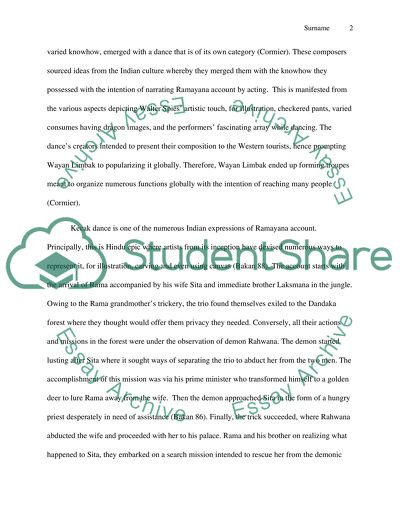Cite this document
(“Kecak Dance Essay Example | Topics and Well Written Essays - 2000 words”, n.d.)
Retrieved from https://studentshare.org/music/1464833-kecak-dance
Retrieved from https://studentshare.org/music/1464833-kecak-dance
(Kecak Dance Essay Example | Topics and Well Written Essays - 2000 Words)
https://studentshare.org/music/1464833-kecak-dance.
https://studentshare.org/music/1464833-kecak-dance.
“Kecak Dance Essay Example | Topics and Well Written Essays - 2000 Words”, n.d. https://studentshare.org/music/1464833-kecak-dance.


